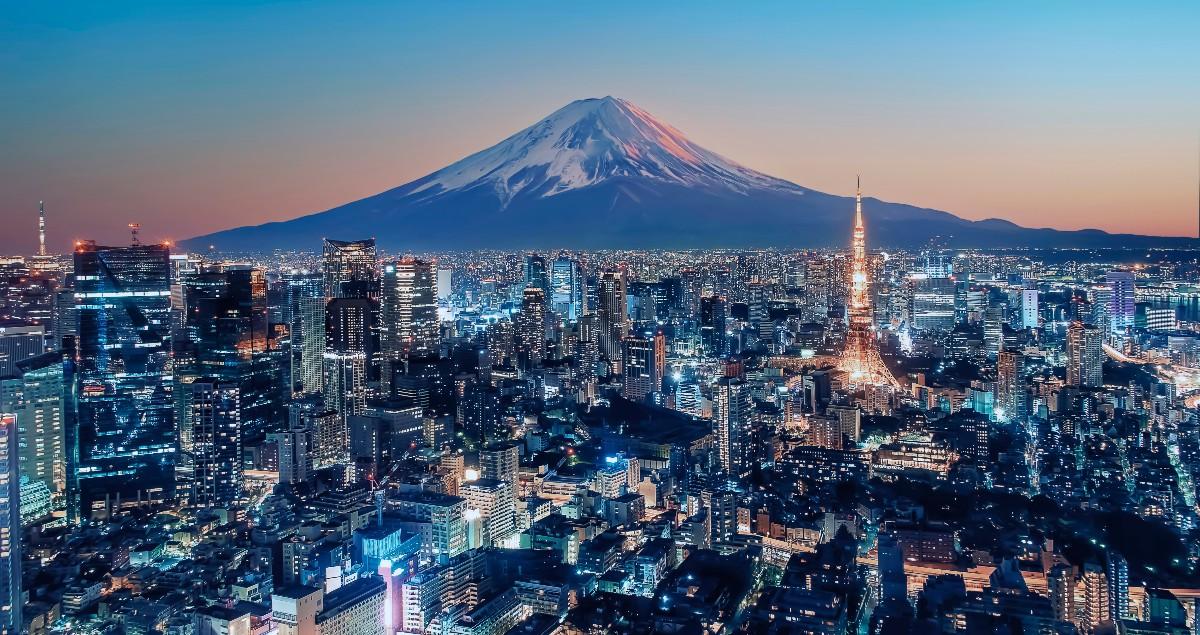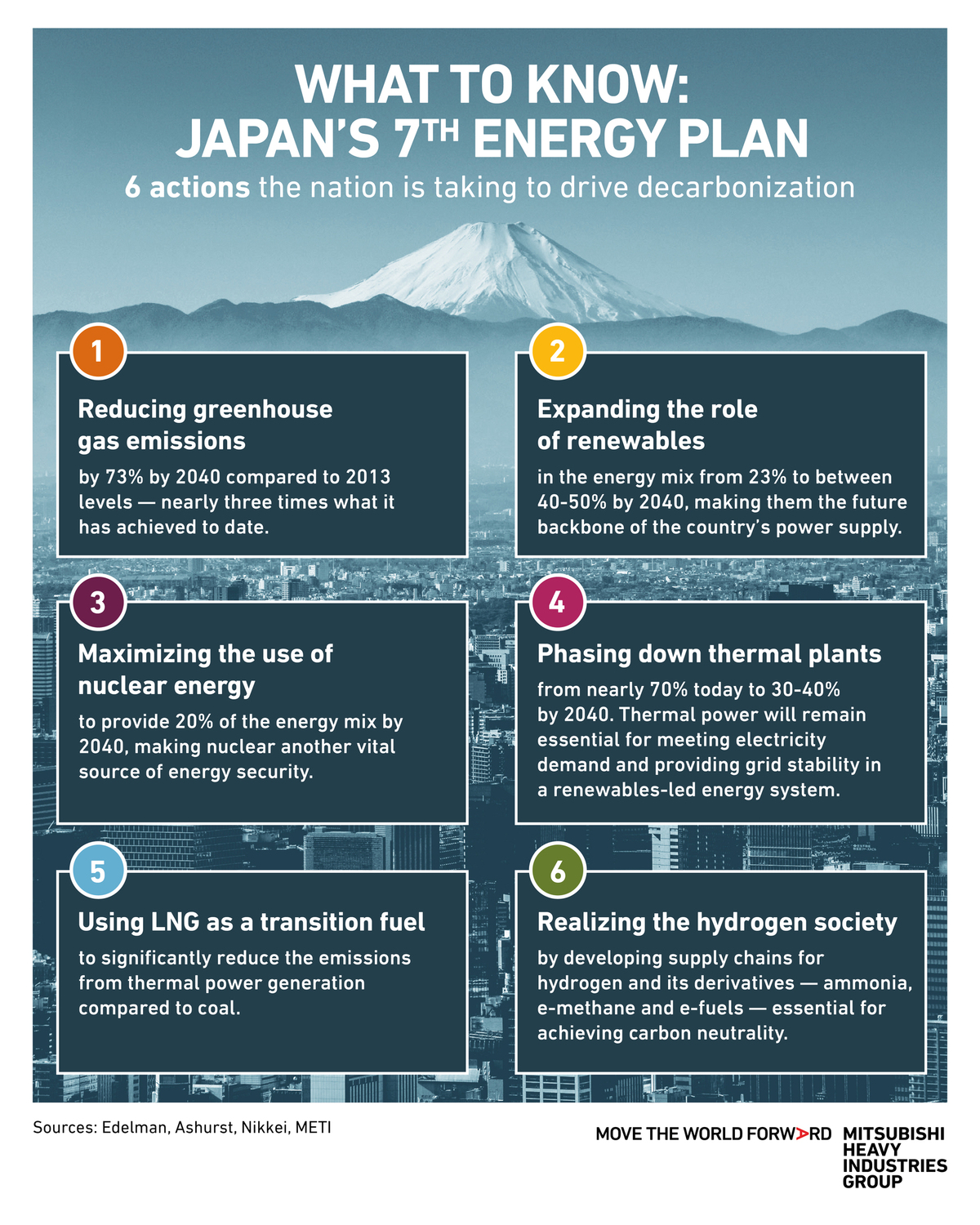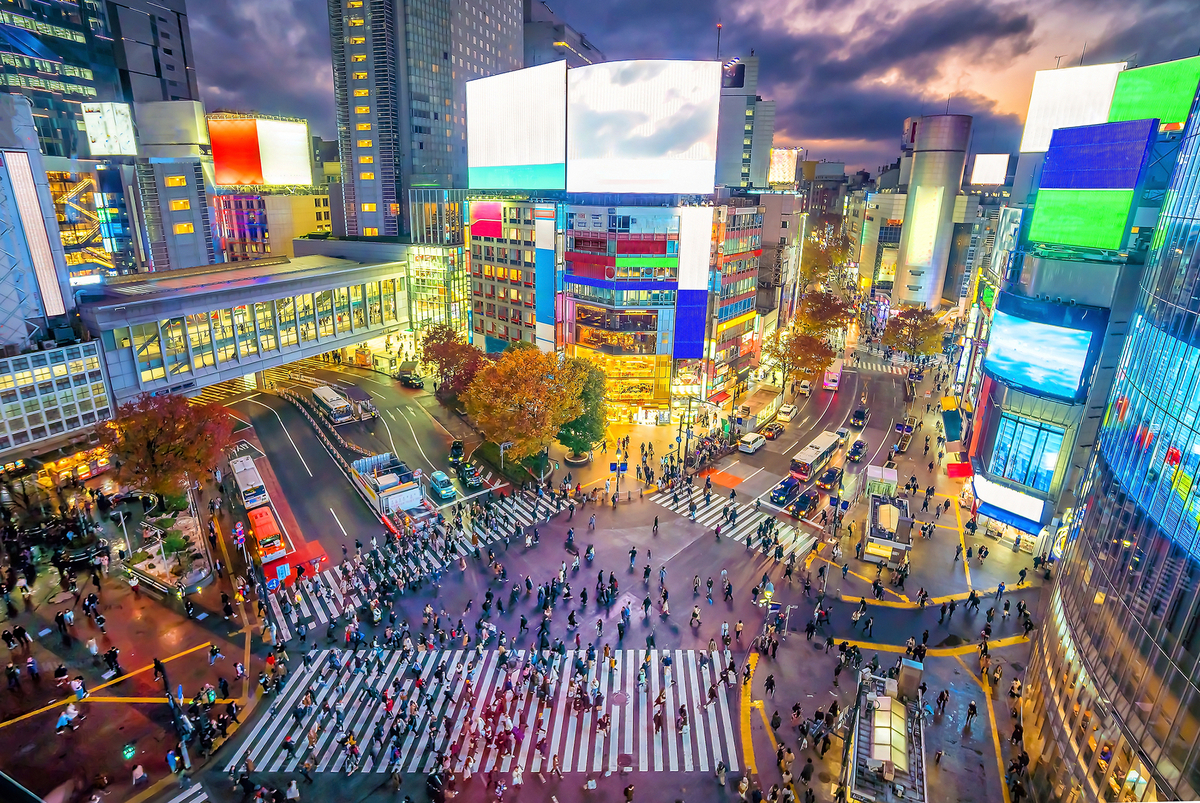Maximizing clean power: Japan’s energy plan explained

Six words stand out in the text of Japan’s latest energy plan: “maximizing the use of” and “nuclear power”.
Since the Fukushima Daiichi power plant accident in 2011, iterations of the country’s Strategic Energy Plan have stated the goal of reducing dependence on nuclear. The shift in language is driven by a new reality for Japan — an energy situation that has “changed dramatically” due to geopolitical tensions, an expected increase in electricity demand, and the continuing need to decarbonize.
Japan’s Ministry of Economy, Trade and Industry first introduced the Strategic Energy Plan in 2003 and it is updated every three years. The seventh instalment focuses on measures to ensure the country’s industries and economy have enough decarbonized power to meet demand at competitive prices.
Renewable energy and nuclear power form the backbone of the plan.
Renewables boost
Surrounded by deep oceans, covered in rugged terrain — three quarters of its land is mountainous and heavily wooded — and with much of its population living in densely populated coastal areas, Japan’s landscape is as unique as its energy mix.
With limited space to develop and minimal fossil fuel reserves, the world’s fourth-largest economy relies heavily on imports of coal, oil and natural gas.
The Strategic Energy Plan has long been rooted in creating a safe energy supply that balances security, economic efficiency and environmental sustainability. Due to rising electricity demand — forecast to reach up to 1,200 terawatt hours (TWh) in 2040, from 984 TWh in 2023 — amid the dual digital and green transformations, the seventh version homes in on ensuring a stable supply while advancing decarbonization.
To achieve this, the country wants the share of renewables in its power generation mix to grow from 22.9% today to between 40% and 50% in 2040. Alongside, it is targeting a greenhouse gas emission reduction rate of 73% in that year compared to 2013 figures — substantially higher than the current 22.9% rate.

Solar expansion
Solar PV comprises the bulk of the growth in renewables to 2040. With limited land available for large-scale renewable projects, Japan has already taken advantage of its inland lakes and reservoirs to become a leader in floating solar power and wants to use abandoned farmland for new solar projects.
It also says it will support the commercialization of perovskite solar cells (PSCs), with the goal of generating 20 gigawatts of electricity this way by 2040. Flexible and lightweight, PSCs could be fitted to office buildings, stadiums, airports and more to enable mass adoption of this renewable source across the country.
Expansion of wind power, hydropower and biomass is also planned, and Japan’s geothermal power potential will be tapped, rising from a slight 0.3% of the overall energy mix today to up to 2% in 2040. With about 10% of the globe’s active volcanoes, the country has abundant geothermal resources, boasting the world’s third-largest potential supply.
Nuclear focus
The most striking change from the previous version of the plan, however, is the ambition to “maximize” nuclear power. A significant expansion of this source is proposed, from an 8.5% share of the power mix in 2023 to about 20% in 2040.
To achieve this target, Japan will need to construct new plants and restart existing ones. The government says it will work with the private sector to safely accelerate restarting plants. And it will develop and deploy next-generation reactors, such as advanced light water reactors, which are more fuel-efficient and inherently safer, according to the World Nuclear Association.
Alongside, it will promote research and development for other next-generation advanced reactors, including small modular reactors, fast reactors, high-temperature gas reactors, and nuclear fusion.
The expansion of nuclear is seen as a vital measure to increase energy security in Japan, due to its ability to supply stable power generation at a consistent output.
Ensuring safety and public trust will be vital to making this happen, the government acknowledges.

Impactful advances?
The adequacy of the proposed increase in renewable energy has been questioned by some, who are concerned about achieving high energy self-sufficiency given rising geopolitical risks. In contrast, the government says that it is important to maintain a stable supply of thermal power to counter the intermittency of renewables.
Here, it is looking to liquefied natural gas-fired power as a means of transition, and promoting the decarbonization of thermal power through technologies including hydrogen and carbon capture, utilization and storage.
Wood Mackenzie, meanwhile, says that the 40% to 50% goal for renewables is a realistic target that aligns with its forecasts.
Japan’s latest energy plan aligns with its wider vision for green transformation, in which it is aiming to drive economic growth and industrial competitiveness while creating a stable energy supply and reducing CO2 emissions. In a country that has experienced a prolonged period of economic stagnation, this presents, as the government says, a “significant opportunity”.
Discover more about versatile nuclear solutions





